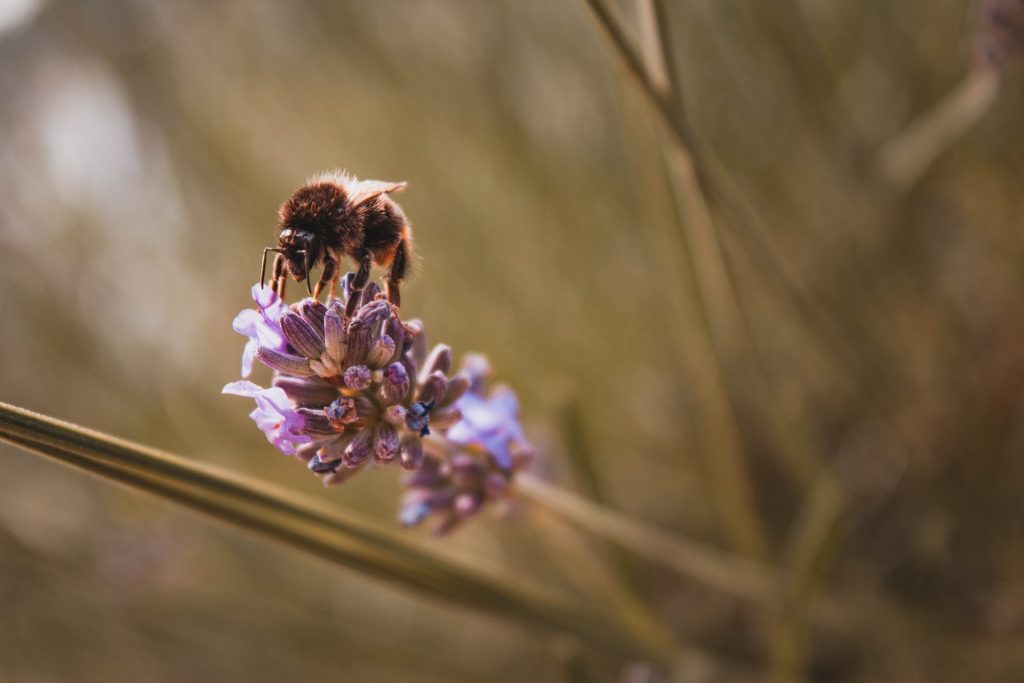The Importance of Beehive Maintenance
Beekeeping is a rewarding activity that provides numerous benefits, from producing honey to supporting the environment. However, it also requires proper maintenance to keep the hive healthy and productive. Regular inspections, cleaning, and management practices are essential to prevent disease, pests, and other issues that can affect the bees’ health and productivity. In this article, we will provide tips and tricks for maintaining your hive and address common issues that beekeepers may face.
Tips and Tricks for Keeping Your Hive Healthy
- Regular inspections: Inspecting the hive every few weeks is crucial to monitor the bees’ behavior, population, and overall health. Check for signs of disease, pests, and abnormal behavior, such as low activity, aggression, or dead bees. Record your observations to track any changes over time.
- Provide adequate food and water: Bees need a constant supply of nectar and pollen to produce honey and feed their larvae. Ensure that there are enough flowers and plants in the area and supplement their diet with sugar syrup or pollen patties if necessary. Also, provide a clean source of water, such as a shallow dish with rocks or marbles to prevent bees from drowning.
- Manage the hive size: Bees need enough space to store honey and raise their young, but too much space can make it harder to regulate the temperature and humidity. Adjust the hive size according to the bees’ needs and the season, using frames and supers to add or remove space as needed.
- Control pests and diseases: Varroa mites, wax moths, and other pests can weaken or kill the bees, while diseases such as foulbrood or chalkbrood can spread quickly and contaminate the hive. Use integrated pest management techniques, such as monitoring, trapping, or treating with natural or chemical methods, to prevent and control these issues.
- Keep the hive clean and ventilated: Remove debris, dead bees, and excess honey from the hive to prevent the buildup of pathogens and pests. Also, ensure that the hive has proper ventilation to regulate the temperature and humidity and prevent condensation.
Common Issues and How to Address Them
- Varroa mites: These small parasites attach to the bees’ bodies and suck their blood, weakening them and transmitting viruses. Control them by monitoring their population, treating with natural or chemical methods, or using specialized screens or traps.
- Wax moths: These insects lay their eggs in the beeswax, and their larvae consume the wax and honey, damaging the comb and weakening the hive. Control them by maintaining a strong and healthy hive, cleaning the frames and supers, and freezing or exposing the infested equipment to sunlight.
- Small hive beetles: These insects lay their eggs in the hive, and their larvae consume the honey and pollen, contaminating the hive and weakening the bees. Control them by monitoring their population, removing the infested frames or supers, and using traps or boric acid.
- Foulbrood: This bacterial disease affects the larvae and kills them, leaving a foul odor and dark color in the cells. It can spread quickly and contaminate the entire hive, requiring the destruction of the infected equipment. Prevent it by maintaining a clean and healthy hive, inspecting regularly, and avoiding the transfer of infected equipment.
Conclusion: Why Beekeeping is Worth the Effort
Maintaining a healthy hive requires time, effort, and dedication, but the rewards are worth it. Beekeeping provides a sustainable source of honey, wax, and pollen, supports the pollination of plants and crops, and fosters a connection with nature and the environment. Moreover, it teaches us valuable lessons about responsibility, observation, and empathy, as we learn to care for a living organism and appreciate the complexity of the natural world. By following these tips and addressing common issues, we can ensure that our bees thrive and continue to provide us with their valuable gifts.






